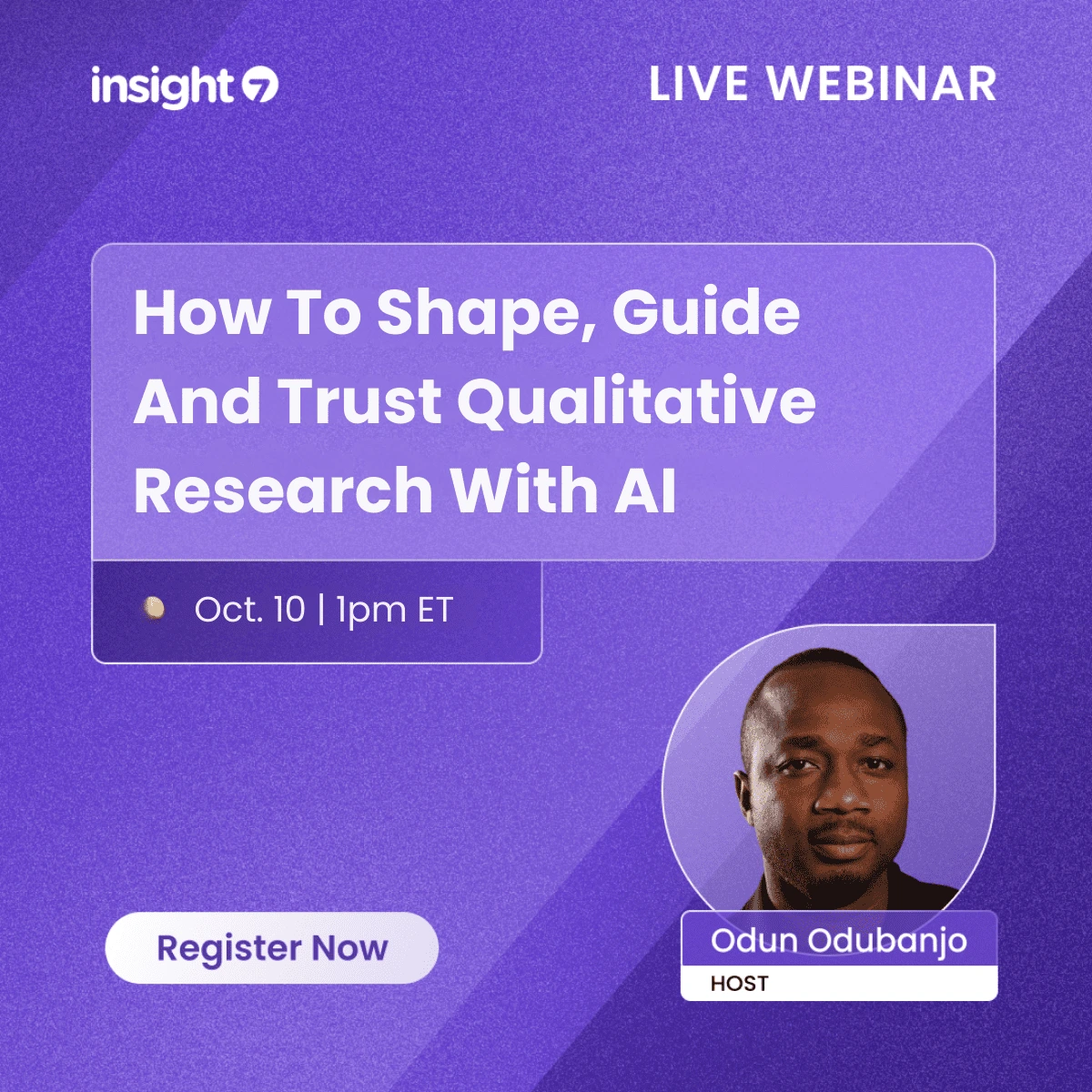Call Center Analytics: Improving Efficiency Through Data
-
Bella Williams
- 10 min read
In today's fast-paced business environment, the ability to harness data effectively can make or break a company. Call centers, often the frontline of customer interaction, are no exception. With increasing customer expectations and the demand for personalized service, organizations must leverage call center analytics to enhance operational efficiency and improve customer experiences. This article explores how data-driven decision-making can transform call center operations, providing actionable insights that lead to better outcomes for both agents and customers.
What Problem Does Call Center Analytics Solve?
Call centers face numerous challenges that can hinder their performance. Long wait times, low first-call resolution rates, and ineffective training programs are just a few frustrations that can lead to dissatisfied customers and decreased loyalty. Traditional methods of data collection and analysis often fall short, relying on manual processes that are time-consuming and prone to errors.
As customer demands evolve, the pressure to adopt advanced technologies like AI and machine learning intensifies. The rise of omnichannel support means that organizations must integrate data from various sources to gain a comprehensive view of customer interactions. Without real-time insights, businesses risk falling behind competitors who are better equipped to respond to customer needs.
Strategic Framework for Call Center Analytics
Call center analytics involves the systematic collection and analysis of data from customer interactions to improve service delivery and operational efficiency. Unlike traditional approaches that rely on manual data entry and subjective assessments, AI-driven analytics provide rapid, accurate insights that can be acted upon immediately.
This shift enables organizations to make faster decisions, uncover deeper insights, and develop proactive strategies that enhance customer experiences. By leveraging data effectively, businesses can identify trends, optimize processes, and ultimately drive growth.
What Becomes Possible With Call Center Analytics?
- Real-Time Performance Monitoring → Improved agent productivity and customer satisfaction
- Sentiment Analysis → Enhanced understanding of customer emotions and needs
- Predictive Analytics → Proactive identification of potential churn risks
- Automated Reporting → Time savings for management, allowing focus on strategic initiatives
- Coaching Insights → Targeted training for agents based on performance data
Why Are Organizations Betting Big on Call Center Analytics?
The primary drivers for adopting call center analytics include the need for efficiency, improved customer experiences, and the ability to make data-informed decisions. By addressing pain points such as missed deals, inefficient training, and poor customer interactions, organizations can unlock significant value.
Industry statistics reveal that companies leveraging analytics see a marked improvement in customer satisfaction and operational efficiency. For instance, organizations that implement call center analytics report a 20% increase in first-call resolution rates and a 15% reduction in average handling time.
Call Center Analytics Data Infrastructure and Requirements
To effectively implement call center analytics, organizations must gather diverse data types, including call transcripts, CRM logs, quality assurance scores, and customer feedback surveys. The integration of various data sources enhances the accuracy and trustworthiness of insights, allowing for a more comprehensive understanding of customer interactions.
Strong data foundations translate to stronger insights, emphasizing the importance of data quality and governance. By ensuring that data is clean, complete, and well-organized, businesses can derive actionable insights that drive performance improvements.
How Does Call Center Analytics Work Behind the Scenes?
- Gather raw inputs (calls, meetings, customer interactions)
- Convert audio into structured text using speech recognition technologies
- Spot sentiment, objections, conversion cues, or patterns through natural language processing
- Apply historical data to improve predictions and identify trends
- Deliver insights in real-time dashboards, alerts, or coaching prompts for agents and managers
- Track impact, refine models, and close the loop on feedback and performance
High-Impact Call Center Analytics Use Cases
- Detect Buying Signals → Improve win rates and conversion rates
- Track Coaching Effectiveness → Assess training impact on agent performance
- Monitor Customer Sentiment → Resolve issues faster and enhance customer loyalty
- Strengthen Pipeline Health → Predict churn and identify upsell opportunities
- Optimize Workforce Management → Ensure adequate staffing based on forecasted call volumes
How Do You Choose the Right Tool?
When selecting a call center analytics tool, features such as accuracy, integrations, multilingual support, and real-time dashboards are crucial. User-friendly interfaces and customization options can significantly enhance the user experience, making it easier for teams to adopt and utilize the technology effectively.
AI-powered solutions stand out from traditional methods by offering machine learning capabilities that automate data analysis and provide deeper insights. This automation not only saves time but also enhances the accuracy of predictions and recommendations.
Quick Comparison:
| Feature | Modern AI Call Analytics | Traditional Methods |
|---|---|---|
| Summaries | Instant, automated | Manual notes |
| Sentiment Detection | AI-driven, scalable | Human judgment, limited |
| Forecasting | Predictive | None |
| Coverage | 100% of calls | Sampled only |
| Integration Capabilities | Seamless with multiple platforms | Often siloed |
Common Call Center Analytics Implementation Challenges
Organizations may encounter several challenges when implementing call center analytics, including:
- Dirty or Incomplete Data → Leading to bad insights and misinformed decisions
- Lack of Team Alignment on Goals → Creating confusion and inefficiencies
- Over-Automating Without Human Oversight → Risking the loss of the human touch in customer interactions
- Not Integrating into Existing CRM/Workflows → Hindering the adoption and effectiveness of analytics tools
How Do You Get Started With Call Center Analytics?
To embark on a successful call center analytics journey, follow this practical roadmap:
- Connect to your CRM and call recording system
- Import historical conversations to build baselines and identify trends
- Set up role-based dashboards for different teams to access relevant insights
- Train and calibrate the system with real data for accuracy
- Launch pilots in targeted areas to test effectiveness and gather feedback
- Expand adoption, review regularly, and optimize based on performance metrics
Excellence Standards for Call Center Analytics Programs
Best practices that lead to the highest ROI include:
- Regularly reviewing insights to ensure continuous improvement and adaptation
- Maintaining a sufficient volume of data to strengthen predictive accuracy
- Balancing AI-driven outputs with human judgment to enhance decision-making
How Do You Track Results?
Core success metrics to monitor include:
- Conversion Lift → Measure the increase in sales post-implementation
- First-Call Resolution Rates → Assess improvements in customer satisfaction
- Agent Coaching Improvements → Evaluate the effectiveness of training programs
- Sentiment/NPS Correlations → Analyze the relationship between sentiment scores and customer loyalty
- Forecasting Accuracy → Monitor the precision of predictions against actual outcomes
Golden Rule: The value isn't in the analytics itself, but in the improved actions teams take because of it.
Questions Leaders Often Ask
- What exactly is this technology and how does it work?
- How is it better than traditional QA or manual notes?
- Can we integrate it with Salesforce, HubSpot, or Zendesk?
- How much call data do we need before insights are reliable?
- Is it safe, compliant, and secure for regulated industries?
- What training is required for staff to effectively use these tools?
Wrapping It Up
As customer interactions continue to evolve, the importance of call center analytics cannot be overstated. By leveraging data effectively, organizations can gain a competitive edge, turning conversations into measurable business growth. The right analytics platform empowers teams to make informed decisions, ultimately enhancing customer satisfaction and driving revenue.
Explore next steps such as demos, pilots, or platform comparisons to discover how call center analytics can transform your operations.
Additional Resources
- Links to industry reports on call center performance metrics
- Case studies showcasing successful implementations of call center analytics
- Guides on best practices for data governance and quality assurance







